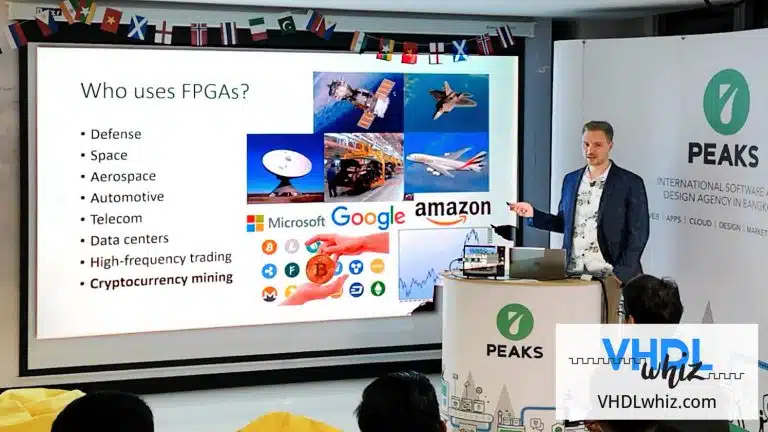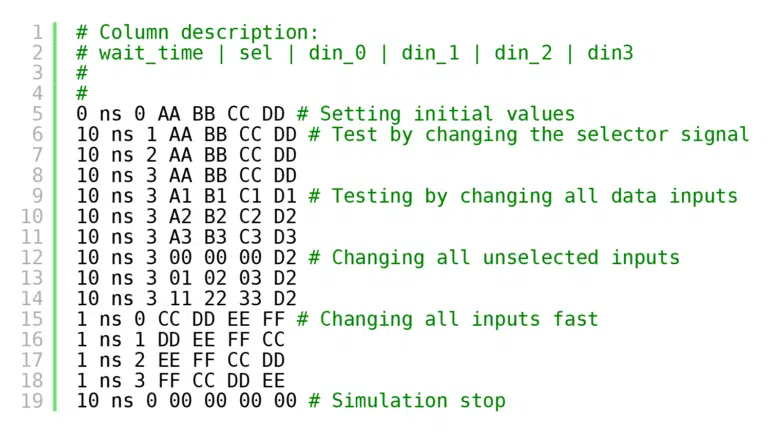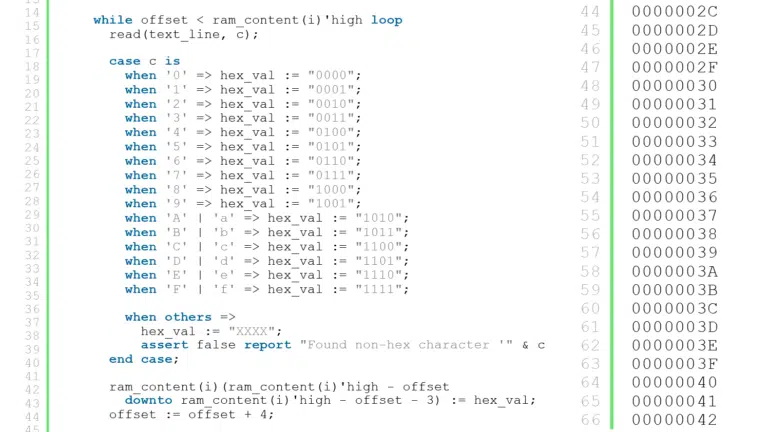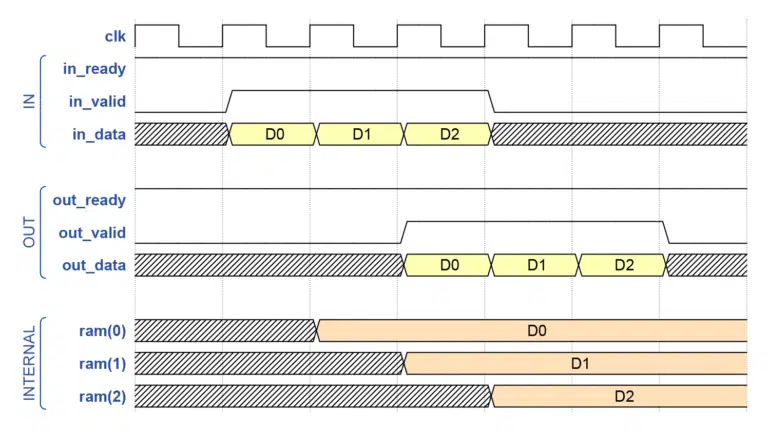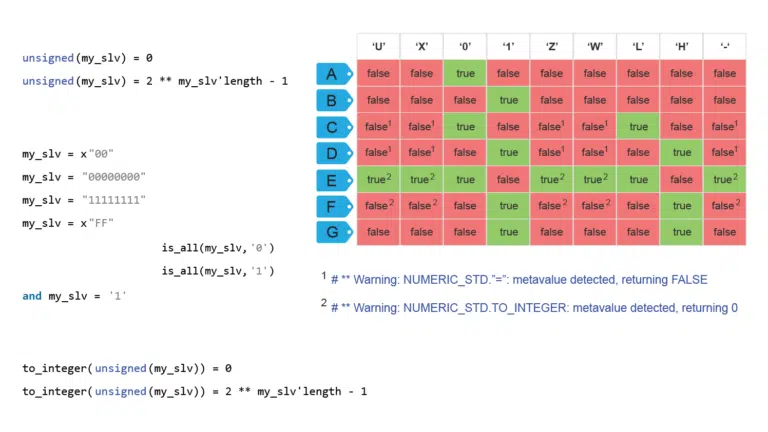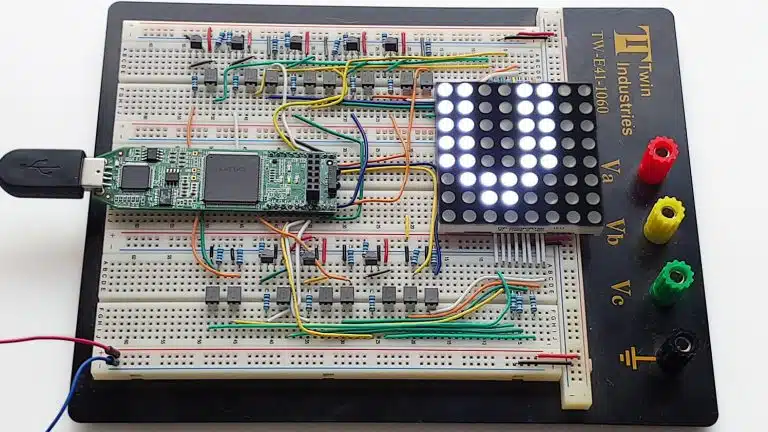An Introduction to FPGAs & Programmable Logic
This video is an introductory presentation about FPGA and programmable logic technology. I delivered this 45 minutes talk at an event hosted by 7 Peaks Software in Bangkok, Thailand, on November 19th, 2019.

